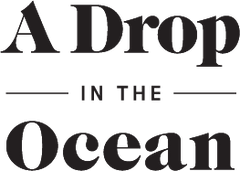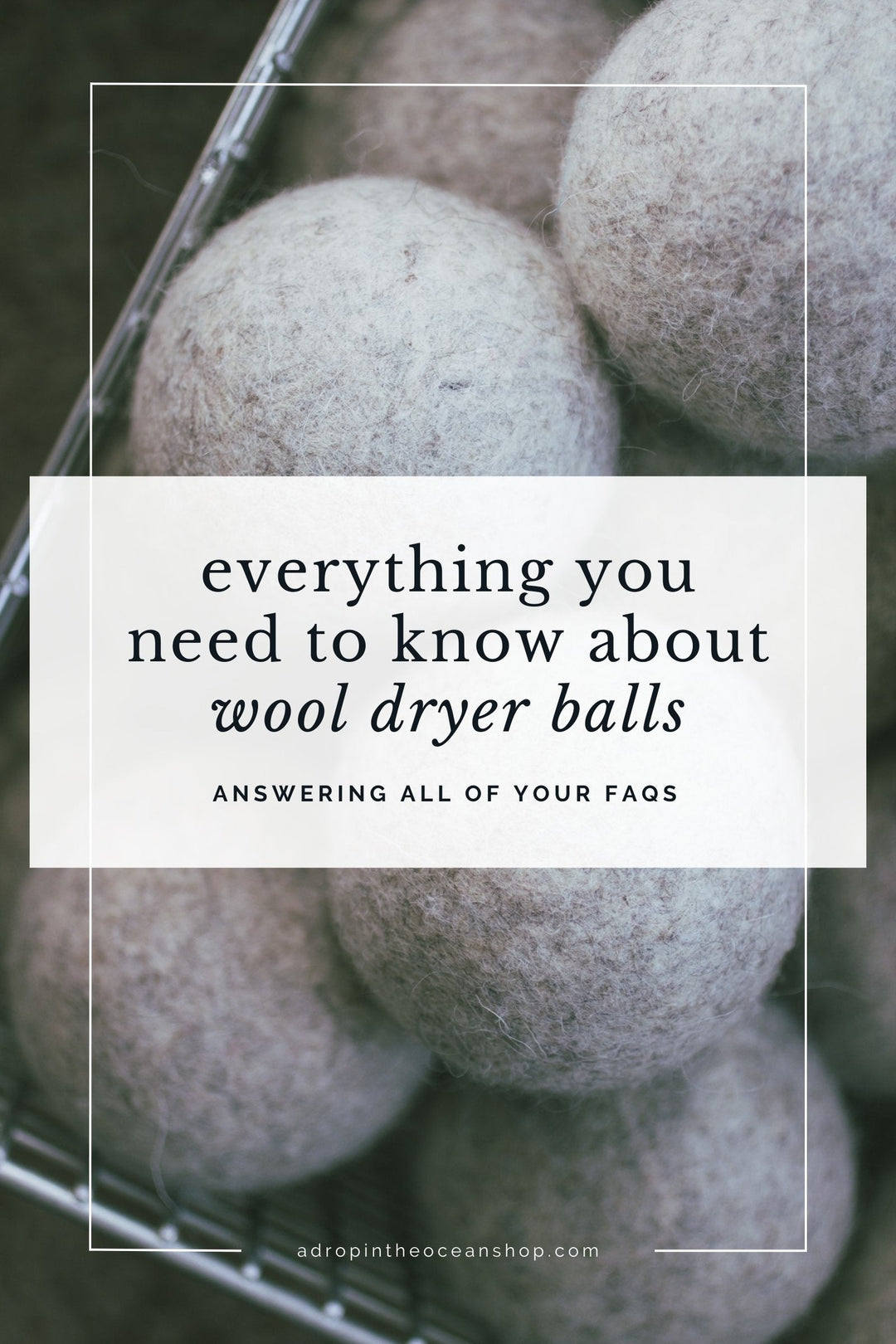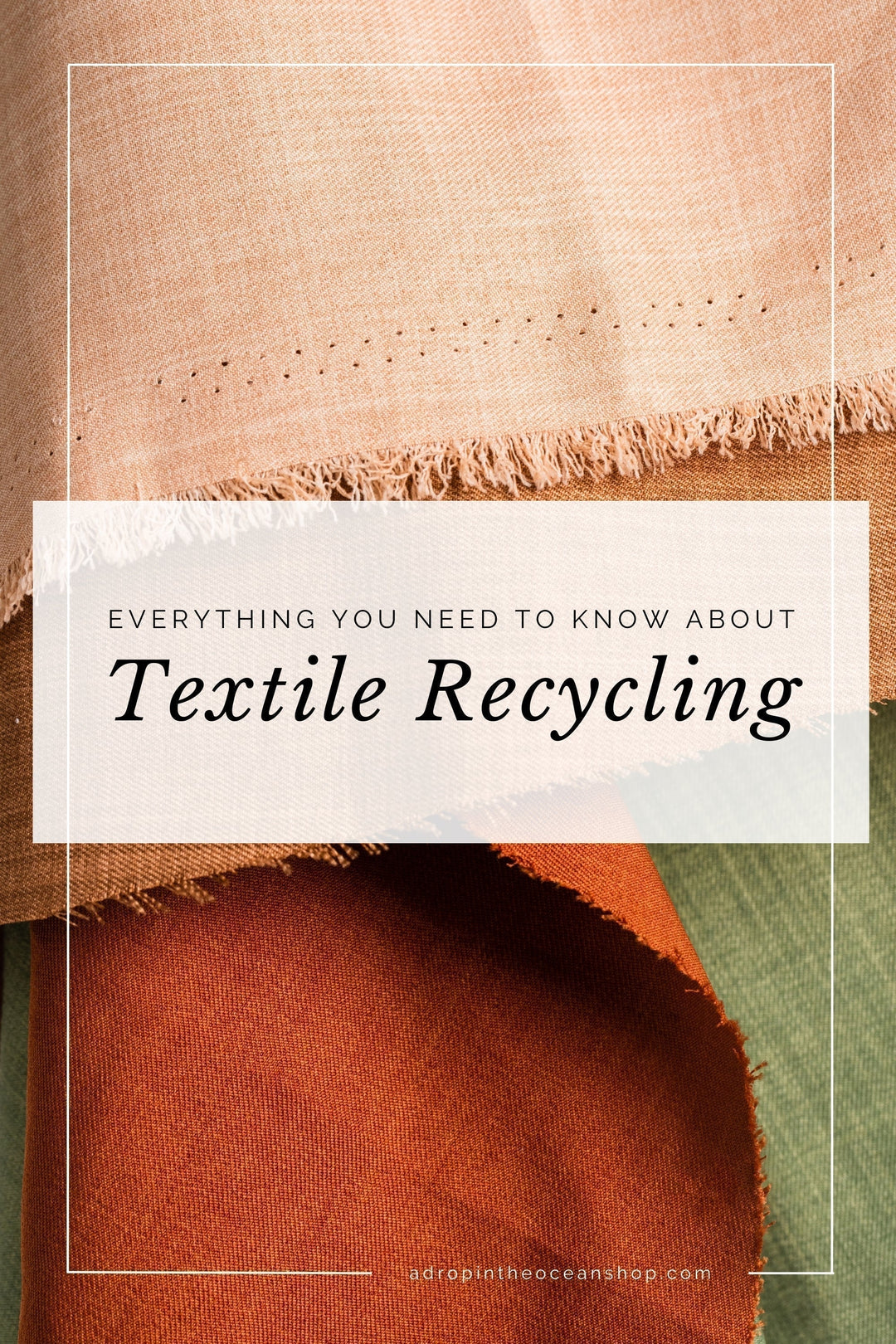3 Ways to Spot Greenwashing

This post first appeared in our weekly Make Waves Mondays email series on June 21, 2021.
Hey there, friend!
I woke up Saturday morning, looked outside, and knew in my BONES I had to get to the water as soon as possible. I hopped in the shower, put on some reef-safe sunscreen, tossed a blanket, a book, and a water bottle in my bag and I was off to the water. I set up a lovely little waterside hangout for myself and stayed there for several hours, only leaving because the sun was getting hotter and I could feel it on my skin. Absolutely a delight, and just what I needed to start my weekend.
While I was at the park, I started to mindmap in preparation for the EcoWarrior's Guide to Greenwashing workshop coming up next week, and...um...apparently I have A LOT to say about greenwashing. This workshop is going to be packed full of ways to spot greenwashing, real-life examples of greenwashing, and, of course, why it even matters and what we can do about it.
So today I wanted to give you a peek inside the workshop, with three of my go-to ways to spot greenwashing in the wild.
What is greenwashing?
Let’s start here real quick. What exactly is greenwashing?
In short, greenwashing is when a company spends more time and more money making you think they’re doing something great for the planet than they spend actually doing something great for the planet.
Sometimes I imagine the meetings where these decisions are made…
Person A: “Okay, this study showed that people are willing to pay more for an eco-friendly product, and our customers are getting upset with us. What can we do to fix this?”
Person B: “We can reformulate our products to use less toxic chemicals and more sustainable packaging!”
Person A: “No, too expensive.”
Person B: “We can make sure everyone in our supply chain is getting a fair wage and safe working conditions.”
Person A: “No, too expensive.”
Person B: “We can invest in packaging return programs to ensure that our packaging is being properly recycled, and lobby for better recycling infrastructure.”
Person A: “No, too expensive.”
Person C: “We could make the label green. Our customers’ brains will assume it’s an eco-friendly product. We don’t even have to make any claims about its sustainability. Their brains will assume it! We could even add a leaf to the label, if we wanted to get fancy.”
Person A: “Perfect!”
I wish I was kidding. This is actually a type of greenwashing that companies practice - and a prevalent one.
And that’s just one type of greenwashing. There are so many more and sometimes they’re real sneaky. (*ahem* H&M clothing recycling program *ahem*)
These greenwashing efforts make it dang near impossible for consumers to know what’s actually good for the planet. And it makes it really hard for the companies that are actually doing it right because greenwashing is so rampant that it’s hard to trust anyone sometimes.
To be clear, there is no one way to be sustainable.
But there are many red flags that can help us spot greenwashing, or at least make our own conclusions about whether we’re on board with a product or not.

3 Easy Ways to Spot Greenwashing
Third-Party Certifications
Did you know that there is little to no regulation around most of the terms we associate with sustainability?
Sustainable
Eco-friendly
Non-toxic
Clean ingredients
Natural
Organic
Biodegradable
Compostable
Recyclable
Yes, even the use of the word “recyclable” isn’t regulated. The FTC has a “green guide” that outlines how companies can use these kinds of terminology, but let’s look for a hot sec at the “Recyclable” guidelines:
“The final Guides...advise marketers to qualify recyclable claims when recycling facilities are not available to a ‘‘substantial majority’’ of consumers or communities where a product is sold. They clarify that ‘‘substantial majority,’’ as used in this context, means at least 60 percent. They also emphasize that the lower the levels of access to appropriate facilities, the more strongly the marketer should emphasize the limited availability of recycling for the product.”
Notice that all of the terminology here is “should,” and “advise.” There’s no actual requirement here.
Have you ever noticed on some items there’s a recycling symbol, and in big letters “RECYCLABLE.” But then in tiny, tiny font “where facilities exist”? That’s not by accident.
We’ll dig more into this in the workshop, so lemme get back on track here 😅
The only way to truly know without a doubt that something is biodegradable, compostable, etc. is a third-party certification.
(It’s not the end-all way to spot greenwashing, but it’s an important component.)
A third-party certification is just what it sounds like. It’s a certification given by an organization separate from the company. You’re probably familiar with the organic certification. It’s a certification done by the United States Department of Agriculture based on a stringent set of requirements that must be met before a product can be certified.
It’s an external verification that confirms something is actually what it says it is, or a company is doing what they say they’re doing.
Some other certifications to look for are:
Certified Home Compostable (from Biodegradable Products Institute)
Certified Industrial Compostable (from Biodegradable Products Institute)
Certified B-Corp
1% for the Planet
Certified Fair Trade
LEED Certified
Energy Star Certified
Certified Cruelty-Free
These are just a few of so many certifications out there. My best advice is to find the ones that are most in alignment with your values, and learn what they mean and what their certification label looks like.

Clear Ingredients List
If I’m looking at a product website that claims to be sustainable but I have to scroll or dig around for an ingredients list...that’s a huge red flag for me.
If a product really is planet-safe, the ingredients should be right at the top of the page, because the manufacturer shouldn’t have anything to hide.
I especially appreciate when the manufacturer has a list of ingredients, what they’re derived from, and their purpose. The more transparent a company is, the less likely they are to be greenwashing you. Lists like these also give you a more complete picture of the product, and more information to research on your own if your greenwashing spidey-senses are still tingling.
Dedicated Sustainability or Impact Page
If a company is truly doing great things for the planet, they are going to want to shout that sh*t from the rooftops. They’ll have at least one page on their website dedicated to the work they’re doing, their sourcing practices, their sustainability impacts, their donations, their workspaces, everything.
The thing I really love about these kinds of pages is when they’re like “Hey, we know we’re not fully sustainable in XYZ area, and we want to fix that. Here’s our plan to make that happen, and what we’re doing in the meantime to make it as sustainable as possible.”
Like, I will forego a third-party certification for a company that is honest about these kinds of things. Or if they acknowledge that they don’t have a certification for something, and explain why - especially with small businesses. Sometimes certifications can get really expensive, and when you’re small and scrappy, that money can be better used elsewhere.
Like I said earlier, there is no one definition of sustainability, or any one-size-fits-all approach to sustainability. That’s what makes pages like these so great. It allows the company to share their sustainability values and how they arrived at the decisions they made in their products and practices. When done well, it’s like a little behind-the-scenes of the company. AKA true transparency.

What These All Have In Common…
When I look at these three ways to spot greenwashing, and I look at the rest of those listed in my greenwashing workshop mindmap, I realize that there’s a common thread among all of them.
Transparency...and clarity.
It’s about more than just saying “we’re sustainable.” It’s about what comes next.
Is the company transparent in their practices, and clear about how they actually impact people and planet?
Are they transparent about their ingredients, and clear on why they’ve chosen those ingredients?
Is there a sustainability page, that’s clear in how decisions are made and plans to move forward?
We hear a lot about transparency. Heck, I talk about transparency quite a bit. But the intersection of transparency and clarity is where it’s really at.
Next steps
Okay, friend. This is just the tip of the iceberg. Greenwashing is complex, and TBH it’s not always intentional, either.
You just got five pages of how to spot greenwashing, and it’s hardly a dent in the outline for next week’s workshop.
So here’s what I want you to do.
Think about your favorite “green” product or company. Now go take a look at that product or that company’s website. How’s the transparency? The clarity? Are your greenwashing spidey-senses tingling?
Then, I want you to leave a comment below and tell us about it. Any a-ha moments, excitement about what you found, questions you have - share them with us, so we can all sharpen our greenwashing-spotting skills.
And then, I want you to go register for An EcoWarrior’s Guide to Greenwashing. I’m getting so amped for this workshop and I know you’re gonna get so much out of it.
Did you miss out on the workshop? Join our community of EcoWarriors to be the first to know when we host it again!
We can’t stop greenwashing if we aren’t first aware of it and all its forms. (Remember that “Rethink” at the beginning of our 6 Rs of Zero Waste?)
I hope you have a BEAUTIFUL week, my friend. Thank you for being an EcoWarrior 💙
Related:
What is "green hushing"?









I knew a lot of this…but after watching Buy More on Netflix I’m feeling disappointed with the whole system.
After reading your Greenwashing tips I feel like throwing everything in the trash lol.
Leave a comment